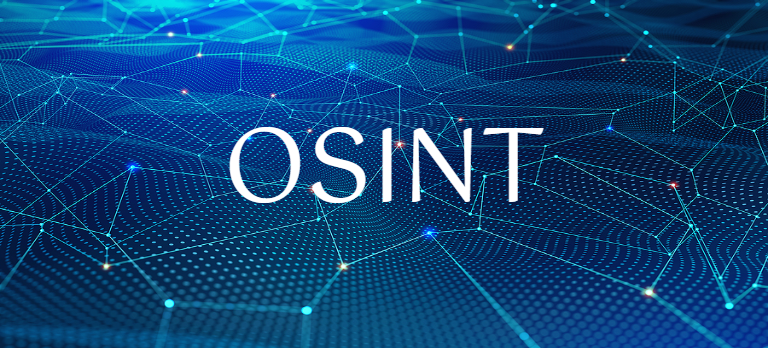The new trend report, From Data to Decisions: How Agentic AI Is Transforming Government, explores how a new class of artificial intelligence is reshaping the public sector. Agentic AI goes beyond traditional automation by planning, executing, and adapting on behalf of users—giving agencies the ability to modernize faster, operate more efficiently, and deliver more impactful services.
Smarter Data Integration
Government agencies face a growing need to connect legacy systems with modern applications. Boomi’s Michael Bachman explains how integration platforms enhanced by agentic AI can now summarize, classify, and validate unstructured data—such as tax forms, citizen inquiries, and open-ended survey responses—with higher accuracy and less manual effort. These AI-enabled integrations also use natural language prompts to dynamically build secure workflows, streamlining operations across IT environments.
Automating Data Engineering
Clear Fracture’s Brian Frutchey highlights how agentic AI eliminates the need for months of manual data engineering. Instead, agencies can create automated pipelines with a simple instruction—reducing complexity, saving time, and freeing skilled staff to focus on decision-making and strategic analysis.
AI That Searches—and Synthesizes
Elastic’s David Erickson describes a shift in AI-powered search. Agentic systems now behave like digital researchers, breaking down complex queries, retrieving relevant information, and delivering synthesized, cited answers in real time. This elevates public sector service delivery and improves responsiveness across departments.
Observability and Trust
As agencies scale their use of autonomous AI agents, visibility becomes essential. Dynatrace’s Tom Andriola emphasizes the role of observability in tracking performance, cost, and potential AI drift—ensuring trust and compliance in mission-critical operations.
Download the full Agentic AI Trend Report to dive deeper into expert insights and actionable strategies for implementation.










